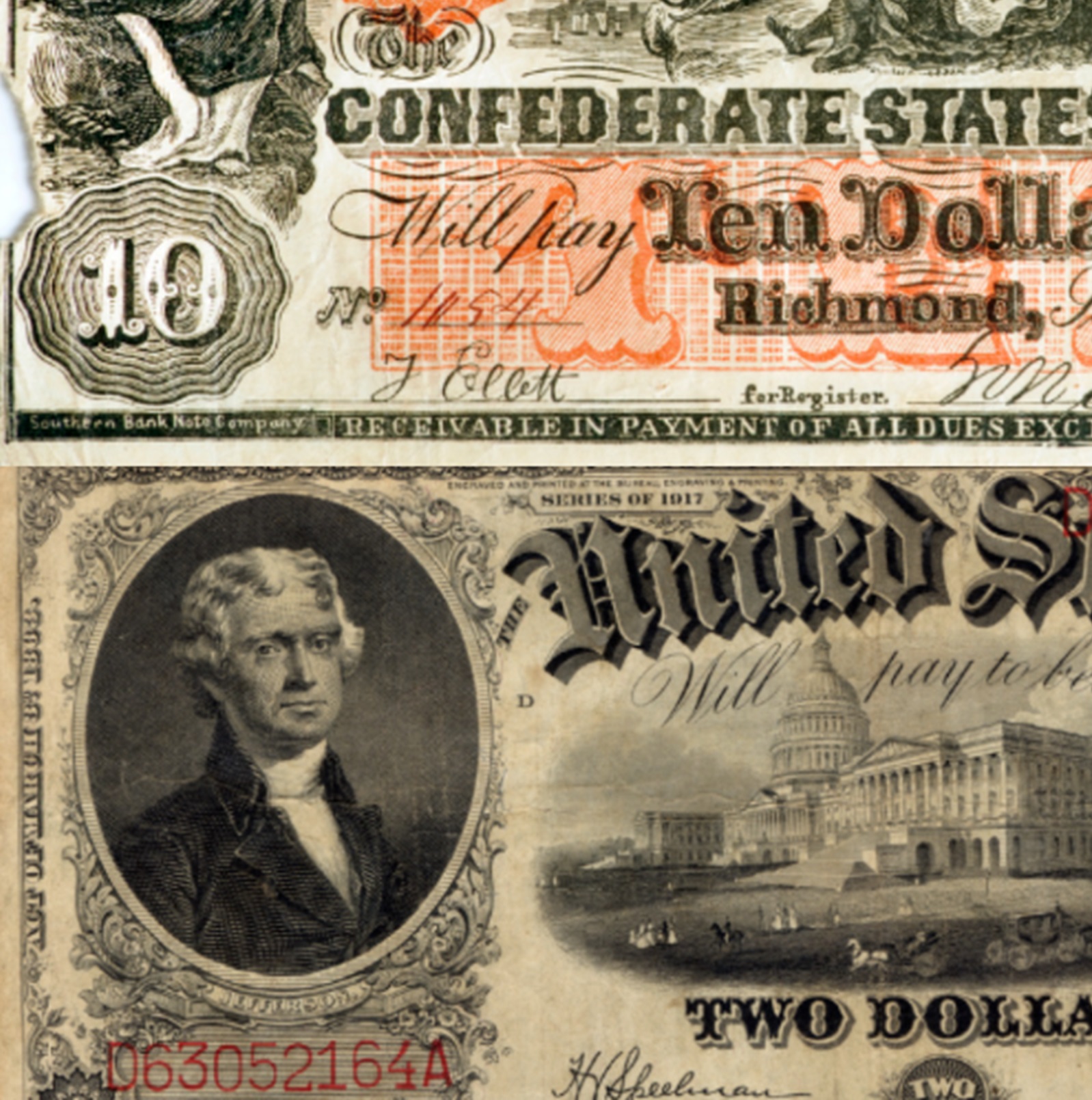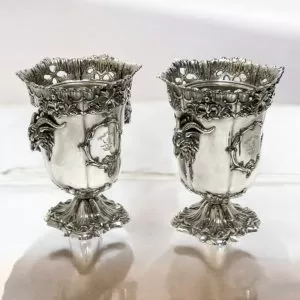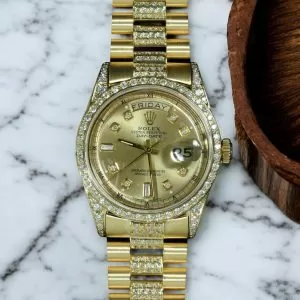Home » Rare-currency
Rare Currency
The origins of United States currency trace back to the early days of the Republic, with the issuance of the first official U.S. notes, known as Demand Notes, in 1861. These notes were introduced during the Civil War to address a national shortage of coinage and to help finance the Union’s war effort. Nicknamed “greenbacks” due to their distinctive green ink, these early notes marked the first time the federal government issued paper money directly, breaking from the prior system dominated by state-chartered banknotes. Demand Notes were soon replaced by United States Notes under the Legal Tender Act of 1862, further solidifying the federal government’s role in the nation’s monetary system.
Among the rarest U.S. notes, collectors highly value pieces that reflect significant historical and printing milestones. Ten examples of these coveted treasures include:
1890 Grand Watermelon $1,000 Treasury Note – Famous for its ornate design and rarity.
1863 $10 Legal Tender Note – One of the earliest federal notes.
1918 $500 Federal Reserve Note – A large denomination rarely preserved.
1928 $1,000 Gold Certificate – Among the last gold-backed notes.
1891 $50 Silver Certificate – Known for its intricate engraving.
1882 $500 Gold Certificate – Extremely rare and historically significant.
1869 $5 “Rainbow Note” Legal Tender – Vibrant multicolor design makes it a standout.
1905 $20 Gold Certificate – Called the “Technicolor Note” for its vivid hues.
1861 $50 Demand Note – One of the first federally issued paper currencies.
1934 $10,000 Federal Reserve Note – Rare high-denomination note primarily used for interbank transfers.
Each of these notes is celebrated not just for its scarcity but also for its artistry and role in the evolution of U.S. currency.
No appointment required.





